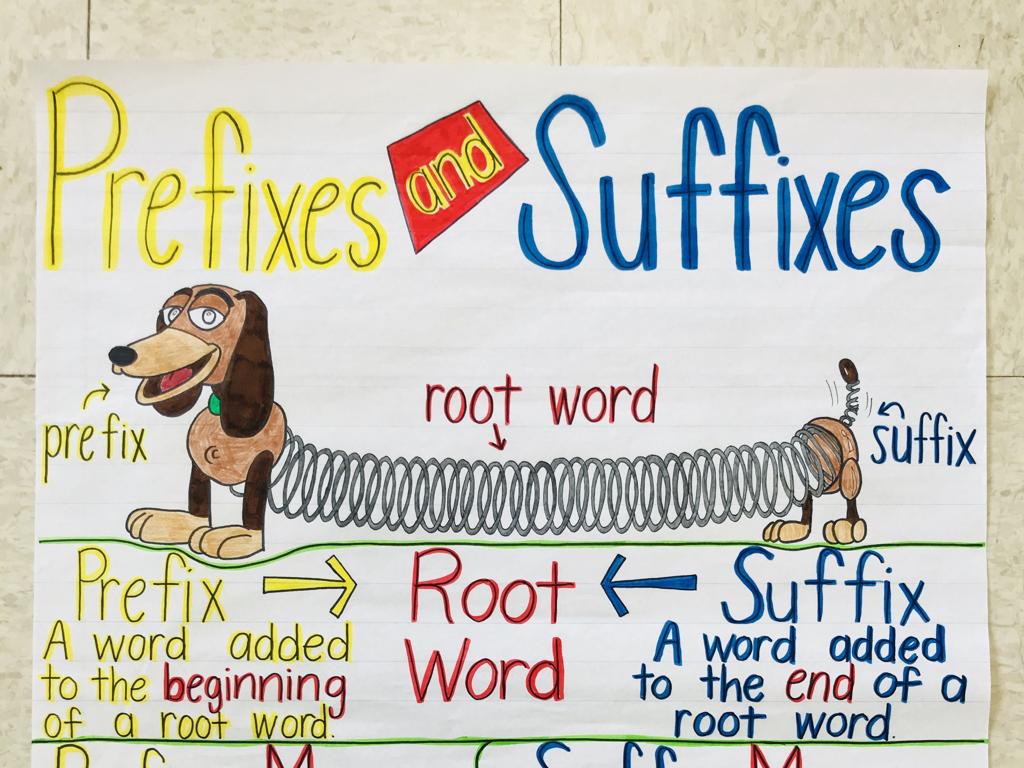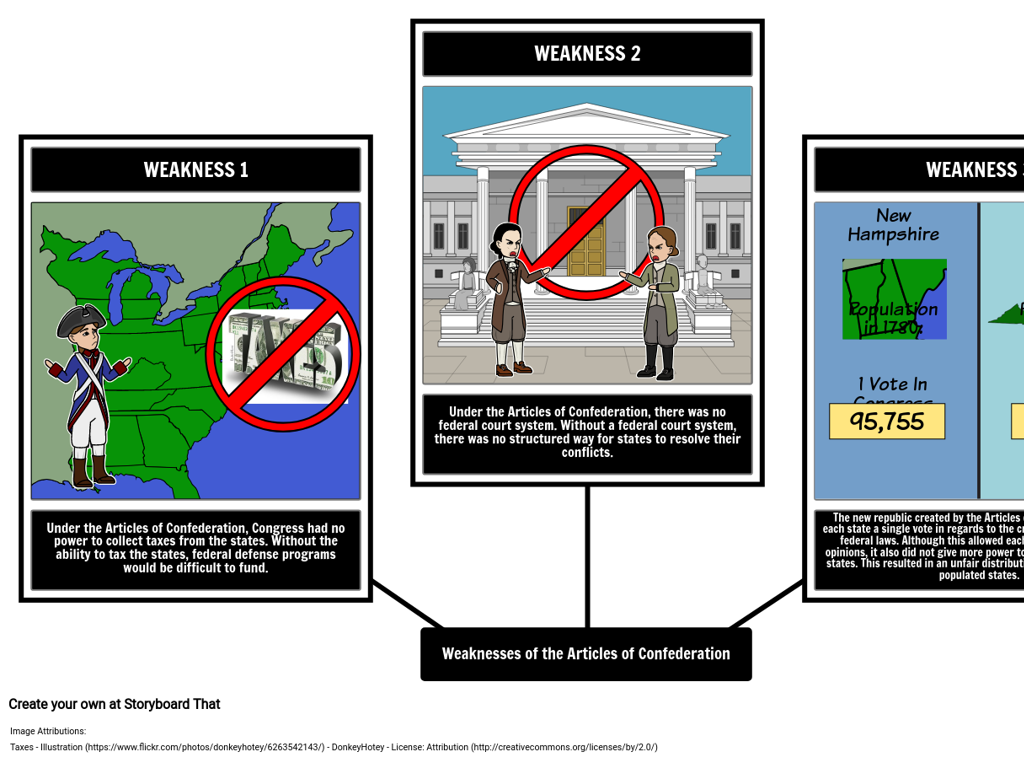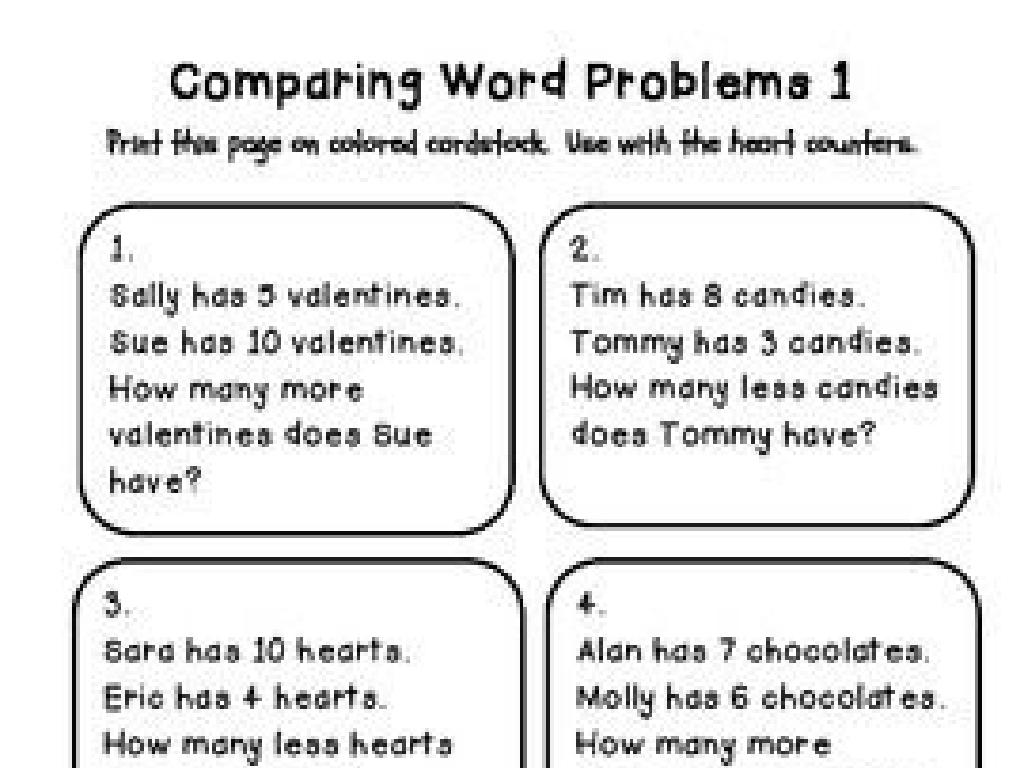Use Relative Pronouns: Who And Whom
Subject: Language arts
Grade: Eighth grade
Topic: Pronoun Types
Please LOG IN to download the presentation. Access is available to registered users only.
View More Content
Relative Pronouns: Who & Whom
– Define relative pronouns
– Words like ‘who’ and ‘whom’ relate to nouns mentioned previously
– Roles of ‘who’ and ‘whom’
– ‘Who’ is for subjects, ‘whom’ for objects e.g., ‘Who is calling?’ vs ‘Whom did you call?’
– Importance of correct usage
– Using ‘who’ and ‘whom’ correctly improves clarity and precision in language
– Practice with examples
– We’ll look at sentences and decide whether to use ‘who’ or ‘whom’
|
This slide introduces the concept of relative pronouns, focusing on ‘who’ and ‘whom,’ which are commonly misused. Start by defining relative pronouns and their function in sentences. Explain that ‘who’ is used when referring to the subject of a clause, while ‘whom’ is used for the object of a clause or preposition. Emphasize the importance of using these pronouns correctly as it affects the clarity of communication. Provide examples and engage the class in identifying and using ‘who’ and ‘whom’ correctly through practice sentences. Encourage students to ask questions and provide additional examples if needed.
Exploring Relative Pronouns: Who & Whom
– Recap: What are pronouns?
– Pronouns replace nouns to avoid repetition
– Types of pronouns overview
– Personal, Possessive, Reflexive, and more
– Focus on Relative Pronouns
– Introduce ‘who’ and ‘whom’ as relative pronouns
– ‘Who’ vs. ‘Whom’ usage
– Use ‘who’ for subjects, ‘whom’ for objects
|
Begin with a brief review of pronouns and their role in replacing nouns to prevent redundancy in speech and writing. Highlight the different types of pronouns, ensuring students recall personal, possessive, reflexive, and others. Introduce relative pronouns, specifically focusing on ‘who’ and ‘whom,’ and explain their usage in sentences. ‘Who’ is used when referring to the subject of a clause, while ‘whom’ is used for the object of a clause or preposition. Provide examples to illustrate the correct usage, such as ‘The teacher, who loves books, is speaking’ versus ‘The student, whom the teacher praised, is happy.’ Encourage students to create sentences using both ‘who’ and ‘whom’ to reinforce their understanding.
Diving into Relative Pronouns
– Understanding Relative Pronouns
– Words like who, whom, whose, which, that
– Connecting clauses with pronouns
– They link descriptions to nouns/pronouns
– ‘Who’ vs. ‘Whom’
– ‘Who’ for subjects, ‘whom’ for objects
– Usage in sentences
– ‘The student who studies hard’, ‘The teacher whom we respect’
|
This slide introduces the concept of relative pronouns, which are essential tools in English for providing additional information about a noun without starting a new sentence. Emphasize the difference between ‘who’ and ‘whom’: ‘who’ is used when referring to the subject of a clause, and ‘whom’ is used for the object. Provide examples and encourage students to create sentences using each relative pronoun. This will help them understand how these pronouns function to connect clauses and add depth to their writing. Instruct students to pay attention to the role of the pronoun in the sentence to choose ‘who’ or ‘whom’ correctly.
Using ‘Who’ Correctly in Sentences
– ‘Who’ as subject pronoun
– ‘Who’ is used for the doer of the action in a sentence
– ‘Who’ for people, not objects
– Always refer to people with ‘who’, never use it for things
– Example: Teacher who loves books
– ‘The teacher who loves books is speaking’ shows ‘who’ identifies the teacher
|
This slide focuses on the correct usage of the relative pronoun ‘who’. Emphasize that ‘who’ is used to refer to the subject of a clause, which is the person performing the action. Make sure students understand that ‘who’ should only be used when talking about people and not objects or animals. Provide the example sentence and break it down to show how ‘who’ is used to give more information about the teacher, who is the subject of the clause. Encourage students to create their own sentences using ‘who’ to describe someone they know or a character from a book.
Using ‘Whom’ Correctly
– ‘Whom’ as a clause object
– It’s the object of verbs/prepositions: ‘The person whom I called was busy.’
– ‘Whom’ in formal contexts
– Ideal for essays, interviews, and formal emails.
– Example of ‘whom’ usage
– ‘To whom should I address the letter?’ shows formal respect.
|
This slide focuses on the correct usage of the relative pronoun ‘whom,’ which is often confused with ‘who.’ ‘Whom’ is used to refer to the object of a clause, which means it is the person that something is done to or for. It is typically used in more formal writing or speech, such as academic essays, professional correspondence, or formal speeches. Provide students with examples of ‘whom’ in sentences and contrast with ‘who’ to clarify its use as an object. Encourage students to practice by creating sentences of their own and identifying scenarios where ‘whom’ would be appropriate. Remind them that ‘whom’ is less common in casual conversation but still important to know.
Understanding ‘Who’ vs. ‘Whom’
– Trick for ‘who’ vs. ‘whom’
– If you can replace it with ‘he’, then ‘who’ is correct.
– Use ‘he’ for ‘who’, ‘him’ for ‘whom’
– If ‘him’ fits the sentence, then use ‘whom’.
– Practice with example sentences
– ‘To whom was the letter addressed?’ fits ‘To him was the letter addressed?’
– Apply the trick in writing
– Try using the trick to choose ‘who’ or ‘whom’ in your essays.
|
This slide aims to simplify the choice between ‘who’ and ‘whom’ for students. The trick is to mentally substitute ‘who’ or ‘whom’ with ‘he’ or ‘him’. If ‘he’ sounds correct, ‘who’ is the right choice; if ‘him’ fits, then ‘whom’ should be used. Provide practice sentences for students to apply this trick and encourage them to use it in their writing. For example, in the sentence ‘To whom was the letter addressed?’, substituting ‘whom’ with ‘him’ works (‘To him was the letter addressed?’), so ‘whom’ is correct. This trick will help students understand and remember the proper usage of ‘who’ and ‘whom’ in sentences.
Let’s Practice Together: Who vs. Whom
– Practice using ‘who’ and ‘whom’
– Discuss correct answers
– Why is ‘who’ or ‘whom’ used in each sentence?
– Explain reasoning behind choices
– Encourage students to articulate the grammar rules applied
– Engage with examples
– Use sentences like: ‘To whom did you give the book?’ vs. ‘Who is at the door?’
|
This slide is designed for an interactive class activity focused on the correct usage of ‘who’ and ‘whom’. Start by providing sentences where students must decide which pronoun to use. After each choice, discuss as a class why the answer is correct, referencing the grammar rules that apply. For example, ‘who’ is used for subjects, while ‘whom’ is for objects. Encourage students to explain their reasoning for their choices to reinforce their understanding. Provide clear examples and create a supportive environment where students feel comfortable sharing their thoughts. This activity will help solidify their grasp of relative pronouns in a practical context.
Class Activity: Who or Whom?
– Pair up and craft sentences
– Use ‘who’ in one sentence
– ‘Who’ is for subjects, e.g., ‘Who is going to the store?’
– Use ‘whom’ in another sentence
– ‘Whom’ is for objects, e.g., ‘To whom should I address this?’
– Share and vote on correct usage
|
This activity is designed to reinforce the understanding of ‘who’ and ‘whom’ in a practical and engaging way. Students will work in pairs to create sentences using ‘who’ and ‘whom’ correctly. After crafting their sentences, each pair will share them with the class. The class will then vote on whether ‘who’ or ‘whom’ was used correctly, promoting active participation and peer learning. For the teacher: Prepare to guide students on the correct usage of ‘who’ and ‘whom.’ ‘Who’ is used when referring to the subject of a sentence, while ‘whom’ is used for the object of a verb or preposition. Provide additional examples if necessary and be ready to explain common mistakes. Encourage students to explain their reasoning during the voting process to facilitate a deeper understanding.
Homework: Mastering ‘Who’ and ‘Whom’
– Write a short story
– Use ‘who’ and ‘whom’ correctly
– ‘Who’ for subjects, ‘whom’ for objects
– Highlight the relative pronouns
– Use a different color or underline
– Share your story in class
|
This homework assignment is designed to reinforce the students’ understanding of the relative pronouns ‘who’ and ‘whom.’ Encourage creativity in their storytelling while emphasizing the correct usage of these pronouns. Remind them that ‘who’ is used when referring to the subject of a clause, and ‘whom’ is used when referring to the object of a clause or preposition. Instruct students to clearly highlight the relative pronouns in their story to facilitate discussion during the next class. This exercise will not only help them grasp the concept but also allow them to practice their writing skills. Be prepared to provide feedback on their usage in the next session and discuss common mistakes to avoid.
Conclusion: Mastering ‘Who’ and ‘Whom’
– Recap on ‘who’ vs ‘whom’
– ‘Who’ for subjects, ‘whom’ for objects. E.g., ‘Who is calling?’ vs ‘Whom did you call?’
– Enhance writing with correct pronouns
– Using ‘who’ and ‘whom’ correctly clarifies who is doing an action and to whom it’s done.
– Incorporate ‘who’ and ‘whom’ daily
– Try using ‘who’ and ‘whom’ in essays, stories, and conversations to become more familiar.
– Practice makes perfect
|
This slide aims to wrap up the lesson on relative pronouns ‘who’ and ‘whom’. Start by summarizing the rules: ‘who’ is used when referring to the subject of a sentence, and ‘whom’ is used for the object. Emphasize the importance of these pronouns in providing clarity in writing. Encourage students to consciously apply these pronouns in their daily writing to help solidify their understanding. Provide examples and suggest they practice by writing sentences or short paragraphs using ‘who’ and ‘whom’. Remind them that regular practice will lead to mastery and confidence in their use of relative pronouns.






